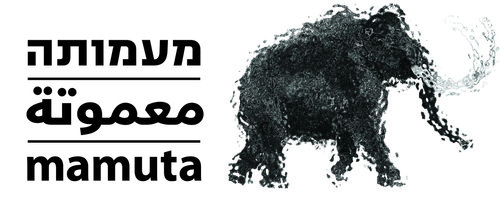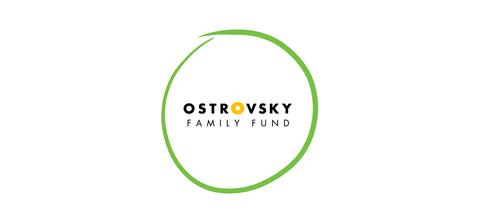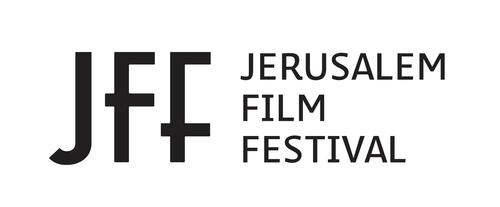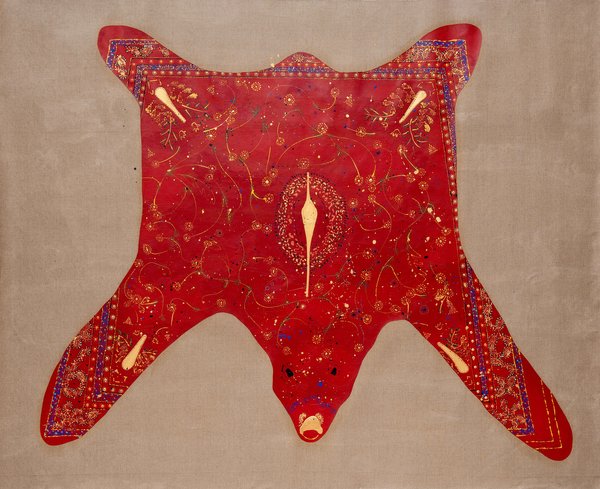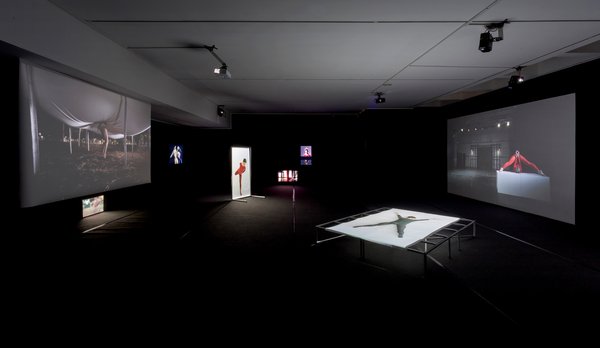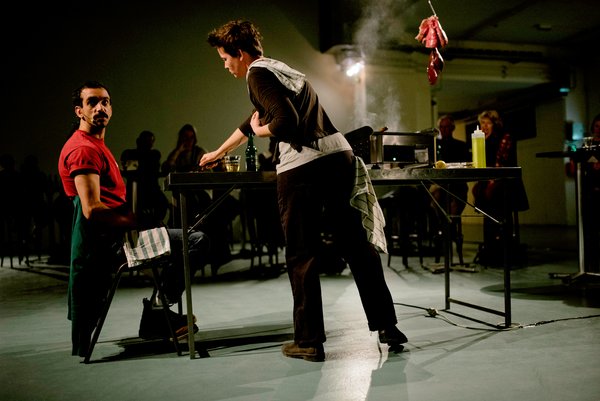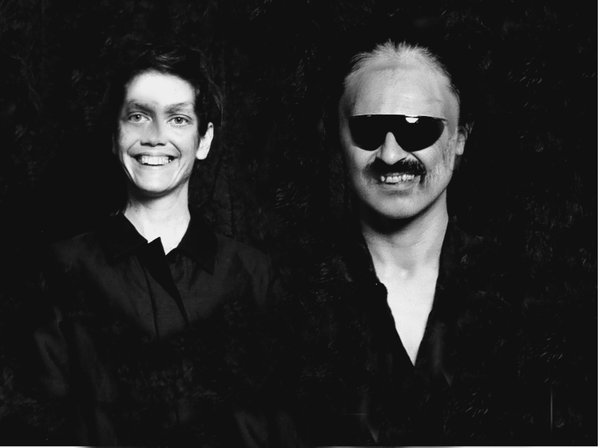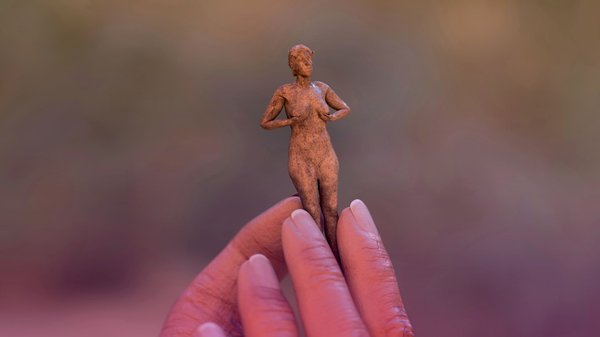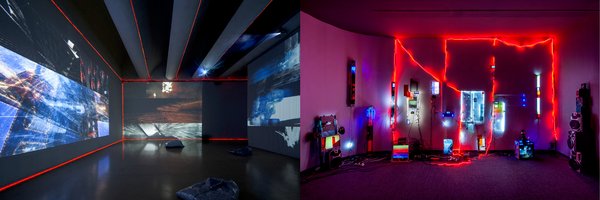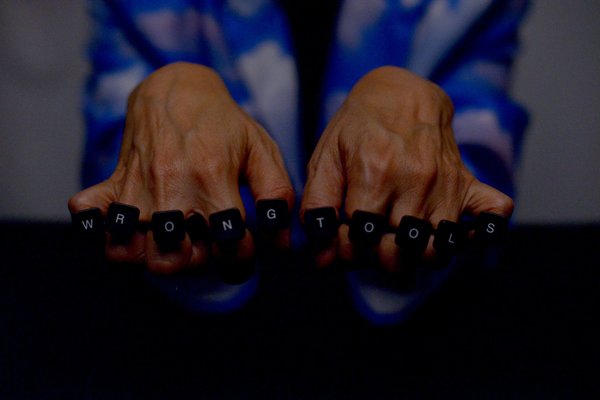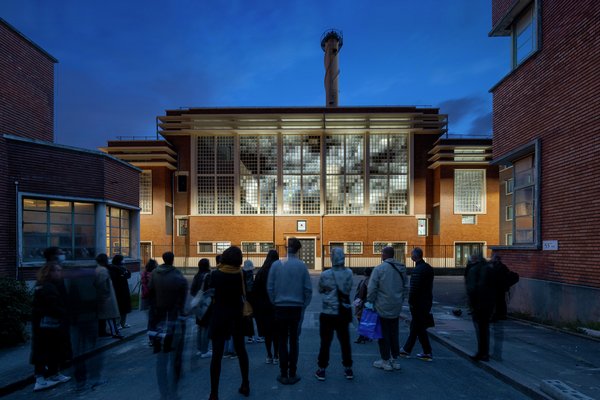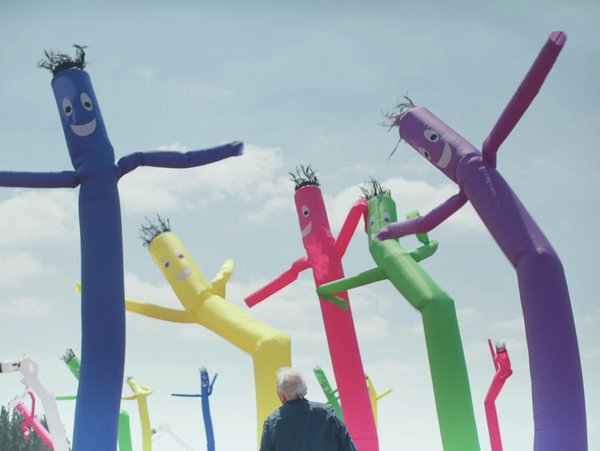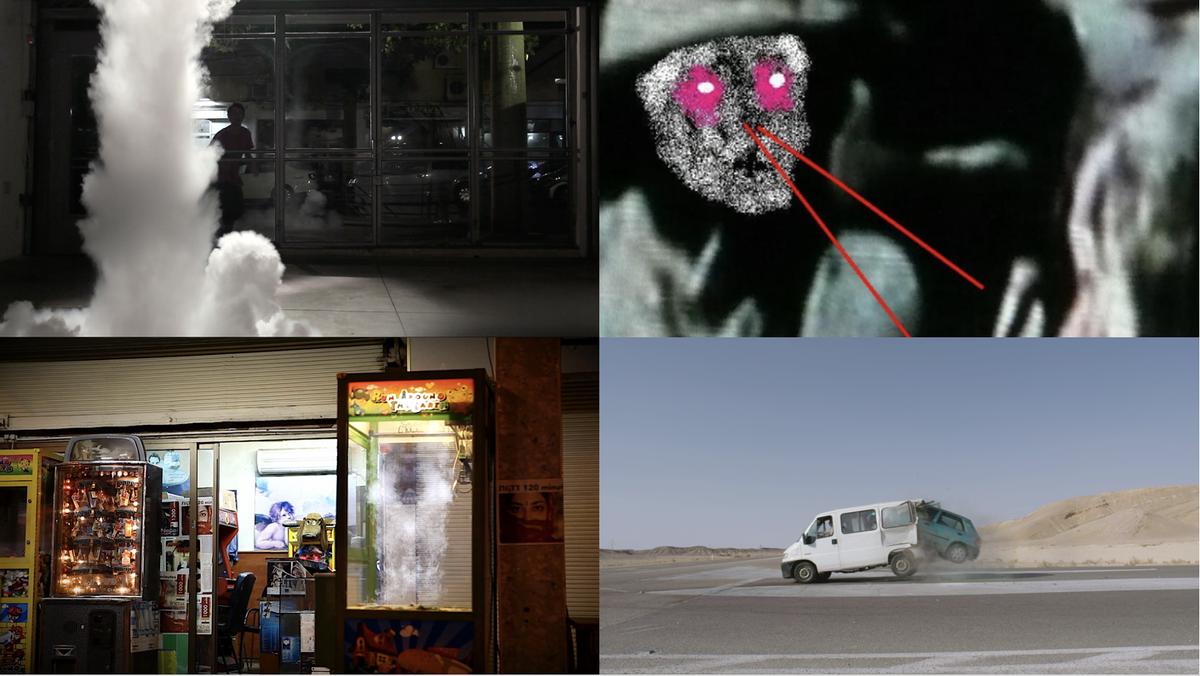
Images (left to right, top to bottom): Alona Rodeh, Barking Dogs Don’t Bite, 2012, still from single-channel HD video, 6:57 min; Ohad Fishof, Abduction, 2010, video still, 8:50 min; Ran Slavin, Smoke and Mirrors, 2012, still from three-channel HD video, 3:54 min; Yaron Attar, No Vacance, 2018, video still, 8:30 min.
Introduction
Dancing on Tec(h)tonic Plates is a virtual video art screening program that features four thematic sections, each comprised of four video works, which are released monthly. The program is organized by Artis in collaboration with Vivian Ostrovsky for the Ostrovsky Family Fund (O.F.F.) and Lea Mauas, Director of Mamuta Art and Research Center.
The curated selection of works presented as part of this program is culled from a decade of the Experimental Cinema and Video Art Awards at the Jerusalem Film Festival, and highlights works by artists who have recently received grant support from Artis.
Dancing on Tec(h)tonic Plates asks, how do contemporary artists confront the changing environment and climate crisis? What channels do they choose in their work to reflect on their realities, and project their fantasies? The featured works question the past, the present, the political, and the personal, and use a constantly evolving technology to express diverse viewpoints in form and subject.
We are living in times of immeasurable change. We have no means to expect what tomorrow might bring, yet we carry on with our lives acting as though life will continue along its path, as usual. The geological dance of tectonic plates creates constant movement. When a break occurs, it results in cataclysmic events. The videos presented here offer reflections on, and reactions to, present political shifts and imbalance. The artist’s voice is of vital importance to inspire and find innovative solutions to mend our fractured world.
Participating artists: Hilla Ben Ari, Yaron Attar, Ofri Cnaani, Ohad Fishof, Shir Handelsman, Thalia Hoffman, Haviv Kaptzon, Ruth Patir, Alona Rodeh, Elham Rokni, and Ran Slavin.
Section 4: BUT… REALLY?!
Screening from August 22-September 22, 2023
“BUT… REALLY?!” presents four videos that propose the notion of the 'absurd’ as an alternative to reality and to our concept of space and time. In these films, actions are suspended, repeated mechanically, or abstain from human interaction, offering new, surrealist, and perplexing narratives. “BUT… REALLY?!” is the fourth and final program of the Artis and Intersections collaboration, Dancing on Tec(h)tonic Plates.
In Abduction, Ohad Fishof presents the second episode of Hoon. Hoon is an imaginary place created by the artist, which hosts a series of video, installation, and performance works. In this absurdist sci-fi fantasy with punky comic-book characters and an off-kilter narrative, robotic pink-eyed aliens mingle with a caveman on all fours and a mysterious man with a box to the sounds of an extremely well-crafted soundtrack.
In Smoke and Mirrors, Ran Slavin films a gas station, a bridge, and an amusement park in a series of night shots where smoke appears and disappears–seemingly out of nowhere–like a genie escaping from a bottle. Elusive and seductive at once, the film probes the absurd apathy that dominates daily routines.
Smoke gets in the viewers’ eyes again in Alona Rodeh’s Barking Dogs Don’t Bite. A performance without performers, the film depicts a series of events that take place in an empty art gallery. Filmed from two different angles, the self-induced, semi-automated processes occur during the day and at night, while passersby are seemingly unperturbed by the inane occurrences happening right before their eyes.
In Yaron Attar’s fender-bending work, No Vacance, the infinity of the desert is abruptly disturbed by an uncanny collision where two cars merge into one. In this bewildering account of very little occurrence, the viewer is entrapped in an ultimate suspension of disbelief.
Together, the four films form an invitation into a spatio-temporal continuum that wavers between dream and reality, visible and invisible. They run the gamut of improbability, confronting the fact that the current reality–for better or worse–has extended the limits of what has, hitherto, been considered as absurd or unbelievable.
View Videos
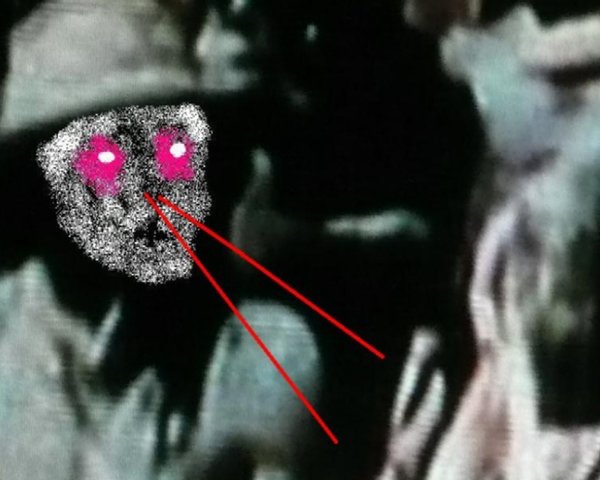
Abduction by Ohad Fishof
Video and short story written and directed by Ohad Fishof, 8:50 min, 2010
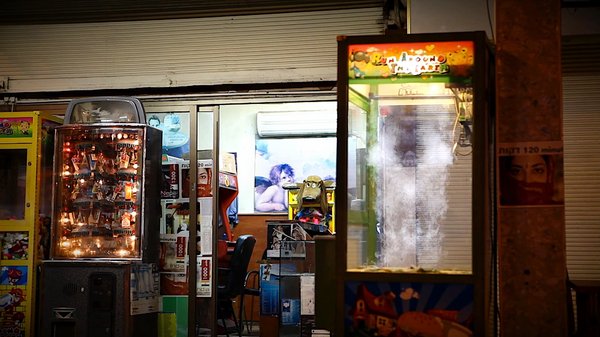
Smoke and Mirrors by Ran Slavin
Single or three-channel HD video, 03:54 min, 2012
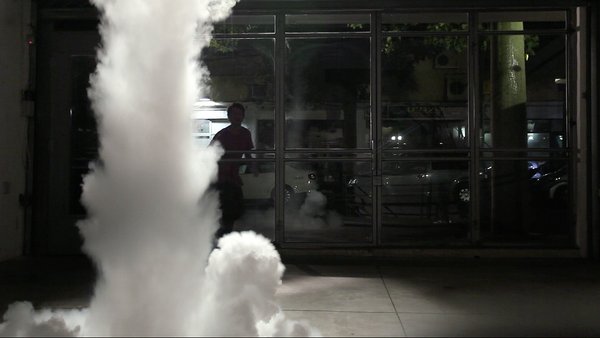
Barking Dogs Don’t Bite by Alona Rodeh
Single-channel color HD video with sound, 06:57 min, 2012
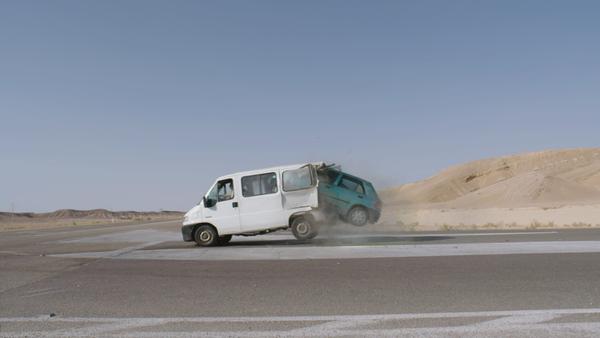
No Vacance by Yaron Attar
Video, 8:30 min, 2018
Past Screenings
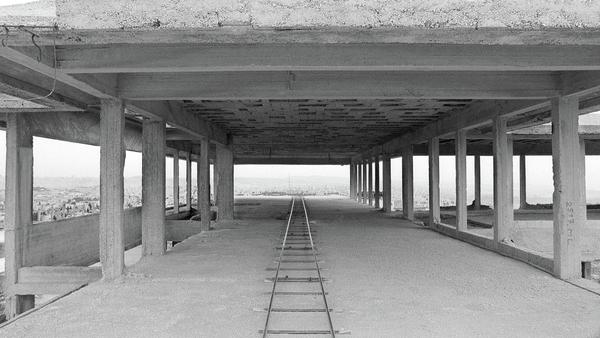
A Free Moment by Nir Evron
35mm film converted to HDCam video, silent
4:00 min, 2011

Marganith by Tzion Avraham Hazan
13:00 min, 2013
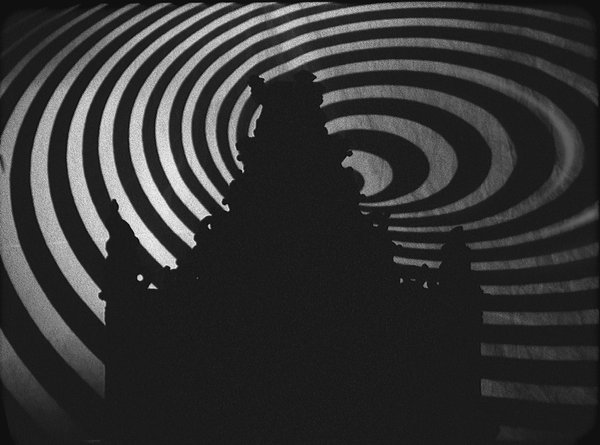
Junkerhaus by Karen Russo
16mm film transferred to digital, B&W / sound
7:30 min, 2021
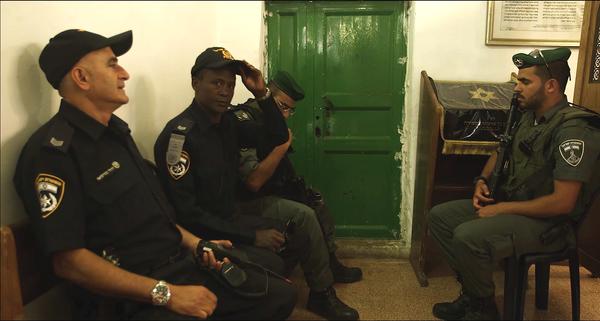
ISHMAEL by Nira Pereg
Four channel video installation
10:38 min, 2015
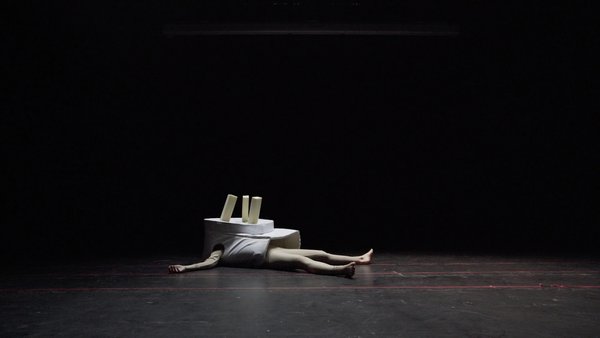
Power by Haviv Kaptzon
14:00 min, 2020
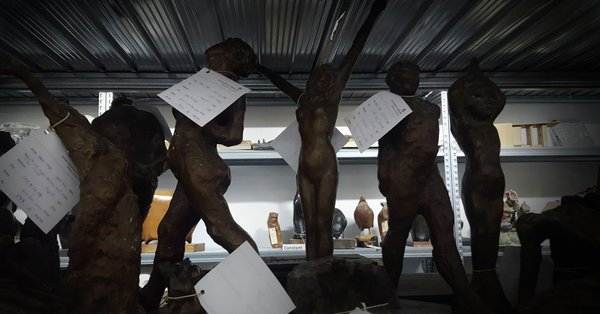
We, Work by Ofri Cnaani
9:15 minutes, 2019
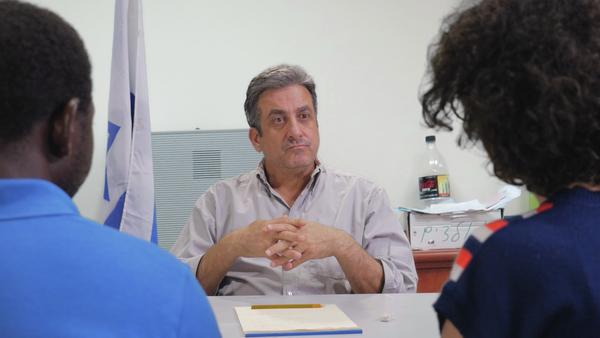
The Seven Abdulkarims by Elham Rokni
22:00 minutes, 2018
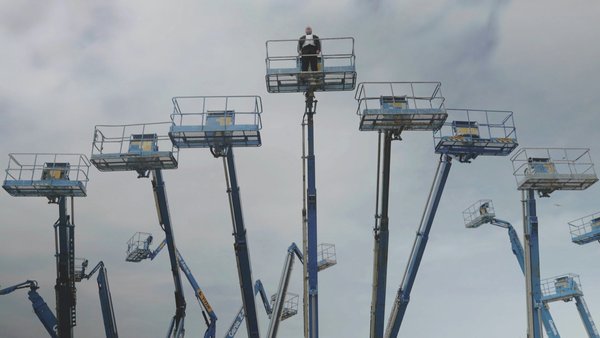
Recitative by Shir Handelsman
4:57 min, 2019
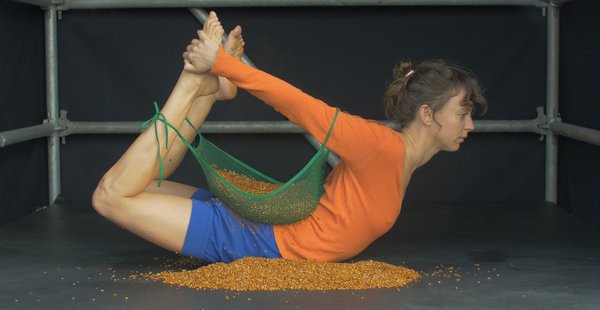
Naamah: A Tribute to Nahum Benari by Hilla Ben Ari
14:17 min, 2015

Shama (There)//شامْ(ا)//שמה by Thalia Hoffman
20 min, 2017
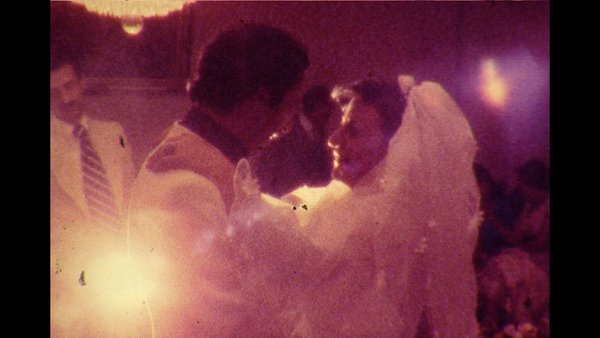
The Wedding by Elham Rokni
8 mm film and HD
12:30 min, 2015
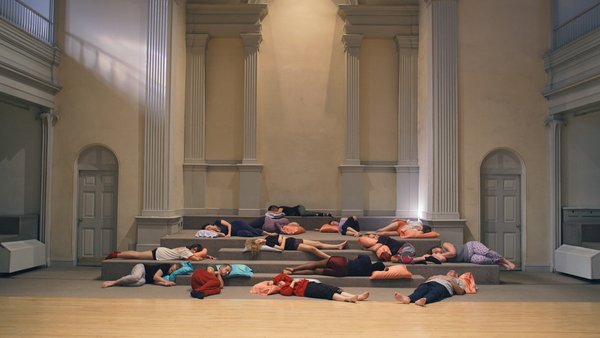
Sleepers by Ruth Patir
16:10 min, 2017
Section 1: Still Time to Move
Screening from April 1-30, 2023
Still Time to Move includes four videos that consider various notions of stillness and motion. Immigrating to Israel from Iran when she was nine, Elham Rokni reflects on her personal move as it pertains to previous immigration waves in The Wedding. Her displacement, however, is as much a cause of missing personal records as it is of missing memories. In Hilla Ben Ari's video, Naamah: A Tribute to Nahum Benari, performative frozen poses can be mistaken for still images, but a deeper observation reveals the tremors and slight movements of the body on view. Extending the boundaries between stillness and motion, the work pushes the limits of psyche and body. In Shama (There)//شامْ(ا)//שמה by Thalia Hoffman, a gathering of men, women, children, and dogs climb into a truck which doesn’t move, as if looking for a future that never comes. Linking the public to the personal, Ruth Patir’s video, Sleepers, explores the aesthetics of power and the dynamics of dreams.
Section 2: Not in Working Order
Screening from May 1-31, 2023
Not in Working Order looks at how contemporary artists address the theme of work in their own artworks. It explores the ways in which artists question an array of weighty subjects such as labor, politics, ethics, and productivity, and infuses them with irony or humor. The irrational takes over to show a greedy world run amok.
In Elham Rokni's video, The Seven Abdulkarims, the artist playfully mixes fact and fiction with African lore, while documentary footage is overlaid with her hand-drawn animation. The seemingly innocuous video quickly reveals a narrative that points to an ongoing global crisis with no solution in sight.
Ofri Cnaani dives into the Mishkan Museum of Art's art collection in We, Work. The video presents sculptures and paintings that, although hidden from the public eye, seem to have a life of their own. In We, Work, it is the artwork, the 'objets d'art', that questions the very system they inhabit, stressing the precarious relationship between labor and art.
Haviv Kaptzon's Power has the elements of a musical - song, dance, humor, and flair. In this video, the artist uses bizarre handmade toy machines to energize inanimate objects in his home. Robot's voices, throat-singing, and a pirouetting plug bob around, exclaiming 'how good to have...the flow of energy running through the walls.' While elsewhere, we see technicians switching off the power in Gaza.
Shir Handelsman's research connecting sound and visual images leads us to a visually arresting spectacle in Recitative. A group of mechanical platforms that are used in the construction of high rises perform a seamlessly choreographed number to an opera singer's rendition of Bach's Cantata 82. Together, the industrial machine and the human voice search for a new, perfect yet discordant, communion with the divine.
Section 3: Sifting Through the Structures
Screening from June 9–July 10, 2023
Sifting Through the Structures includes four video works that explore the intricate relationships among space, memory, social norms, and power. In their work, the artists presented sift through various structures of the everyday to excavate layers of political, social, and aesthetic complexities.
Nir Evron's black and white 35mm film, A Free Moment, skillfully captures the skeletal remains of a Jordanian royal palace, where construction was abruptly halted in 1967 by the Six Day War. Work on the palace never resumed and it now sits deserted and abandoned on Israeli territory.
Tzion Abraham Hazan's Marganith takes us on a tortuous journey through the streets of Tel Aviv. The video exposes the impenetrability of a military communication tower that looms over a public sphere, yet remains sequestered and inaccessible to the public, filmmaker included.
Junkerhaus, Karen Russo’s film, guides us into the inner world of German architect Karl Junker. Filmed in Junker’s private residence, the film follows the elaborate archaeological construction that Junker spent a lifetime building for a family he never had. Russo's 16mm film parallels the work of other notable 'outsider architects,' such as Ferdinand Cheval's Ideal Palace or Simon Rodia's Watts Towers, all initiated at the end of the 19th century.
Nira Pereg’s ISHMAEL probes the site of Hebron's Cave of the Patriarchs, where a mosque and a synagogue are embedded in the same building. Sharing a space within the context of intense political conflict, the rituals of each religion–Islam and Judaism–are overseen by military authorities. Following the daily routines practiced by individuals of each religion in the Cave, Pereg creates a surrealist ‘pas-de-deux’.
Collectively, the films on view in Sifting Through the Structures survey the intricate connections among human existence, our surroundings, and the structures that help shape identities.
